I think this could be one way for Valve to keep its players happy! 😃
Gabe Newell envisions future brain-computer interfaces personalizing video game settings, turning up our focus, and modifying sleep patterns.


Gamers of the future should be prepared! 😃
NZ’s newest resident billionaire says BCIs could be used to change a person’s mood, help them fall asleep, and to create incredibly immersive games.
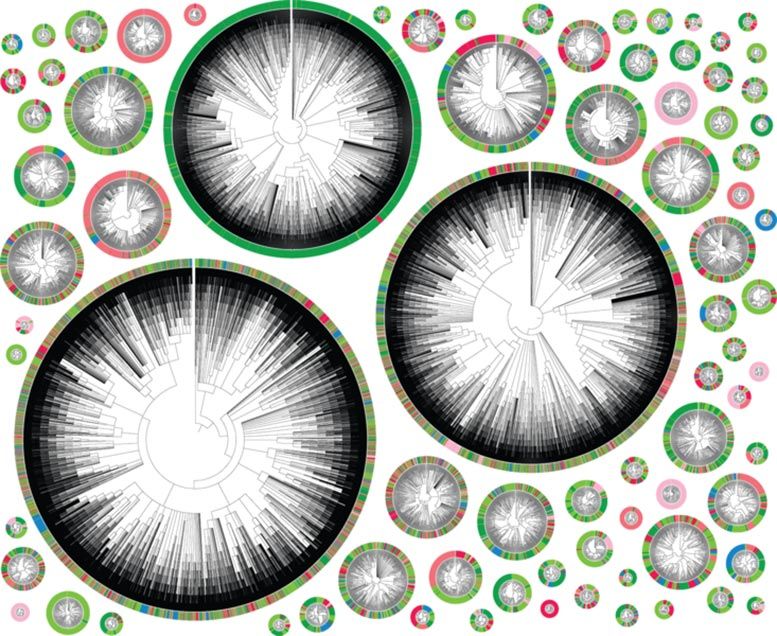
Using CRISPR technology, researchers are tracking the lineage of individual cancer cells as they proliferate and metastasize in real-time.
When cancer is confined to one spot in the body, doctors can often treat it with surgery or other therapies. Much of the mortality associated with cancer, however, is due to its tendency to metastasize, sending out seeds of itself that may take root throughout the body. The exact moment of metastasis is fleeting, lost in the millions of divisions that take place in a tumor. “These events are typically impossible to monitor in real time,” says Jonathan Weissman, MIT professor of biology and Whitehead Institute for Biomedical Research member.
Now, researchers led by Weissman, who is also an investigator with the Howard Hughes Medical Institute, have turned a CRISPR tool into a way to do just that. In a paper published on January 212021, in Science, Weissman’s lab, in collaboration with Nir Yosef, a computer scientist at the University of California at Berkeley, and Trever Bivona, a cancer biologist at the University of California at San Francisco, treats cancer cells the way evolutionary biologists might look at species, mapping out an intricately detailed family tree. By examining the branches, they can track the cell’s lineage to find when a single tumor cell went rogue, spreading its progeny to the rest of the body.
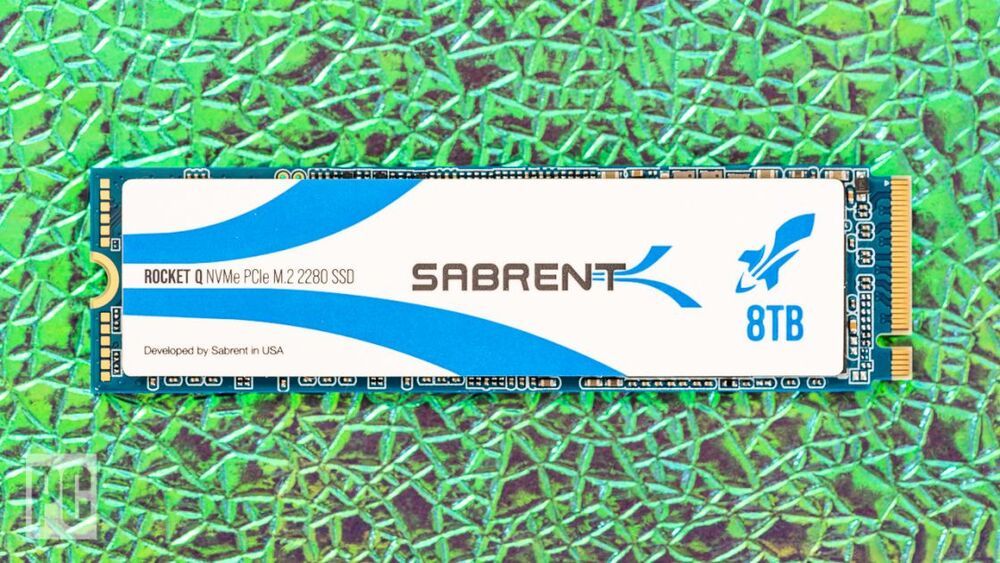
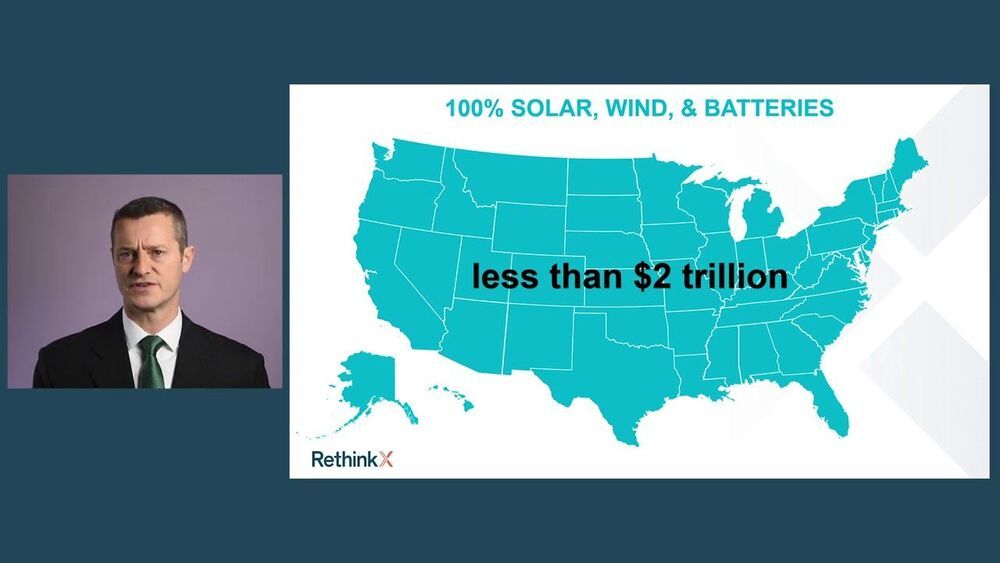
Wow…even I was amazed by these stats and timeline… and I am an unapologetic optimist and futurist who wants to live forever lol.
This video is a synopsis of our research report “Rethinking Energy 2020-2030: 100% Solar, Wind, and Batteries is Just the Beginning” that was published on October 27th, 2020 and is available for download free of charge from our RethinkX website https://www.rethinkx.com/energy.
We are on the cusp of the fastest, deepest, most profound disruption of the energy sector in over a century. Like most disruptions, this one is being driven by the convergence of several key technologies whose costs and capabilities have been improving on consistent and predictable trajectories – namely, solar photovoltaic power, wind power, and lithium-ion battery energy storage.
Our analysis shows that 100% clean electricity from the combination of solar, wind, and batteries (SWB) is both physically possible and economically affordable across the entire continental United States as well as the overwhelming majority of other populated regions of the world by 2030. Adoption of SWB is growing exponentially worldwide and disruption is now inevitable because by 2030 they will offer the cheapest electricity option for most regions.
Coal, gas, and nuclear power assets will become stranded during the 2020s, and no new investment in these technologies is rational from this point forward. But the replacement of conventional energy technology with SWB is just the beginning. As has been the.
case for many other disruptions, SWB will transform our energy system in fundamental ways. The new system that emerges will be much larger than the existing one we know today and will have a completely different architecture that operates in unfamiliar ways.
One of the most counterintuitive and extraordinary properties of the new system is that it will produce a much larger amount of energy overall, and that this superabundance of clean energy output – which we call super power – will be available at near-zero marginal cost throughout much of the year in nearly all populated locations. The SWB disruption of energy will closely parallel the digital disruption of information technology. Just as computers and the Internet slashed the marginal cost of information and opened the door to hundreds of new business models that collectively have had a transformative impact upon the global economy, so too will SWB slash the marginal cost of electricity and create a plethora of opportunities for innovation and entrepreneurship. What happened in the world of bits is now poised to happen in the world of electrons.

Researchers at the Paul Scherrer Institute PSI have put forward a detailed plan of how faster and better defined quantum bits — qubits — can be created. The central elements are magnetic atoms from the class of so-called rare-earth metals, which would be selectively implanted into the crystal lattice of a material. Each of these atoms represents one qubit. The researchers have demonstrated how these qubits can be activated, entangled, used as memory bits, and read out. They have now published their design concept and supporting calculations in the journal PRX Quantum.
On the way to quantum computers, an initial requirement is to create so-called quantum bits or “qubits”: memory bits that can, unlike classical bits, take on not only the binary values of zero and one, but also any arbitrary combination of these states. “With this, an entirely new kind of computation and data processing becomes possible, which for specific applications means an enormous acceleration of computing power,” explains PSI researcher Manuel Grimm, first author of a new paper on the topic of qubits.
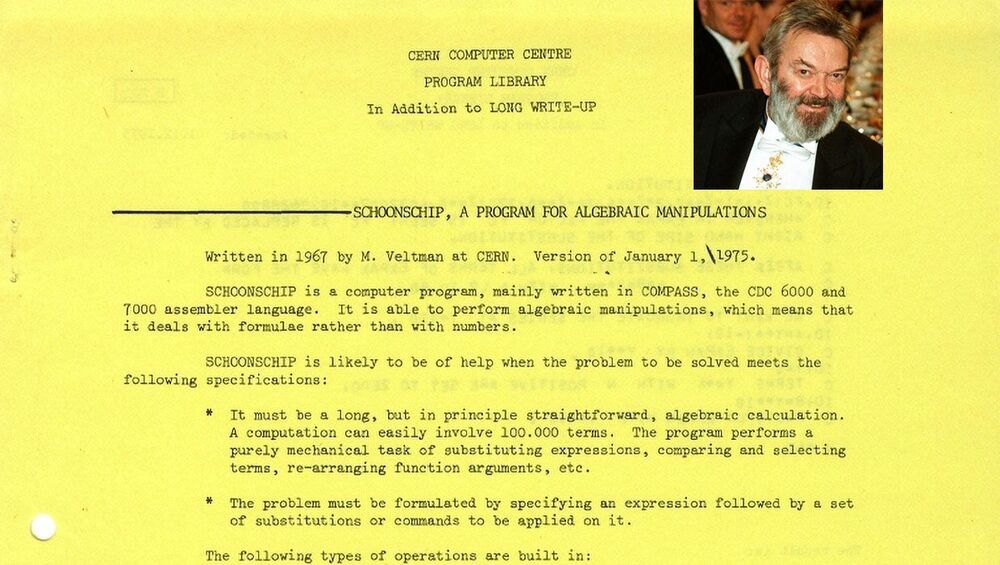
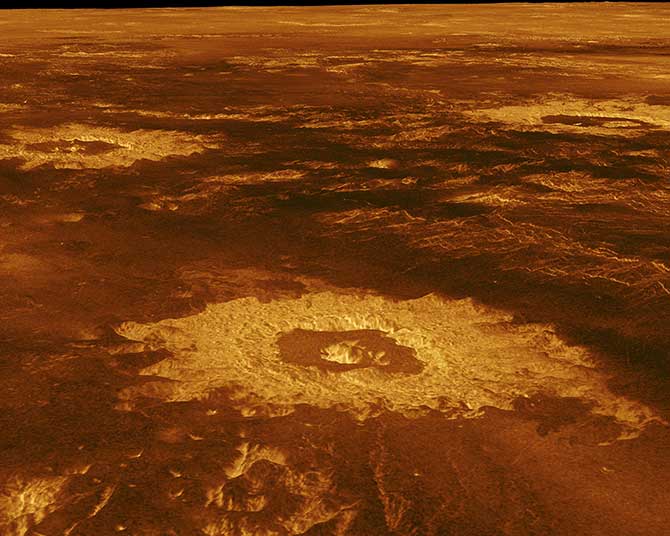
From planet of love to scorching Hell planet—the image of Venus has changed considerably since ancient times, because it is no longer just the third brightest natural object in Earth’s skies. The ancients equated the mysterious third light with the goddess of love; in Greece that was Aphrodite, whom the Romans conflated with the goddess Venus. That’s where our closest planetary neighbor got its name and why Men are from Mars, Women are from Venus worked as a best-selling title, as recently as 1992, and still sells. But since the mid-20th century, we’ve known in detail why a paradise Venus is not. Average temperature on the surface is a scorching 462° Celsius (864° Fahrenheit) while atmospheric pressure is 90 times that of Earth at sea level, or equivalent to being at 900 meters depth in Earth’s oceans.
A handful of Russian landing probes have survived for several minutes on the planet’s surface before being cooked and crushed, but the conditions are unquestionably inhospitable for life forms. Consequently, you do not hear about astrobiologists searching for native microorganisms on the Venusian surface the way you hear about the search for microorganisms on Mars. Nevertheless, since the late 20th century, planetary scientists have speculated that Venus could have boasted a much more hospitable environment in the distant past, perhaps 2–3 billion years ago. That’s around the time that Earth was accumulating oxygen in its oceans and atmosphere. At that point in history, Venus and Earth may have had similar climates.
What’s been in the news lately is a study involving computer climate simulations in which data from NASA’s Magellan mission to Venus were found to support the idea of a once habitable Venus. The study involved researchers from NASA, Uppsala University in Sweden, Columbia University, and the Planetary Science Institute in Tucson, AZ.

Tech featured in this video:
* Learn more about the GPT-3 API Here: https://openai.com/blog/openai-api/
* GPT-3 Paper: Language Models are Few Shot Learners — https://arxiv.org/abs/2005.14165
* Avatar for GPT-3 provided by Synthesia https://www.synthesia.io/
Resources for JavaScript developers:
* DevAnywhere — Live, remote 1:1 mentorship subscription: https://DevAnywhere.io.
* EricElliottJS.com — Learn TDD, functional programming, software design principles and JavaScript with online, interactive lessons. https://ericelliottjs.com.
* Composing Software eBook: https://leanpub.com/composingsoftware.
* Composing Software paperback: https://amzn.to/3biid58
* Follow me on Twitter https://twitter.com/_ericelliott.
* Follow JS_Cheerleader on Twitter: https://twitter.com/JS_Cheerleader.
Eric Elliott is a tech product and platform advisor, author of “Composing Software”, cofounder of EricElliottJS.com and DevAnywhere.io, and dev team mentor. He has contributed to software experiences for Adobe Systems, Zumba Fitness, The Wall Street Journal, ESPN, BBC, and top recording artists including Usher, Frank Ocean, Metallica, and many more.
He enjoys a remote lifestyle with the most beautiful woman in the world.

Traffic lights at intersections are managed by simple computers that assign the right of way to the nonconflicting direction. However, studies looking at travel times in urban areas have shown that delays caused by intersections make up 12–55% of daily commute travel, which could be reduced if the operation of these controllers can be made more efficient to avoid unnecessary wait times.